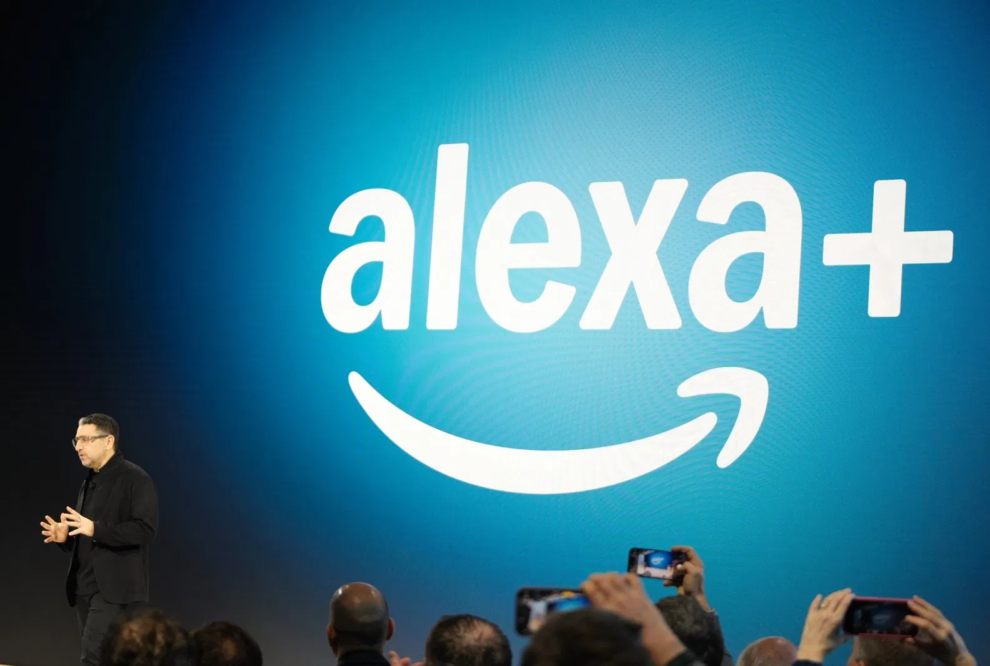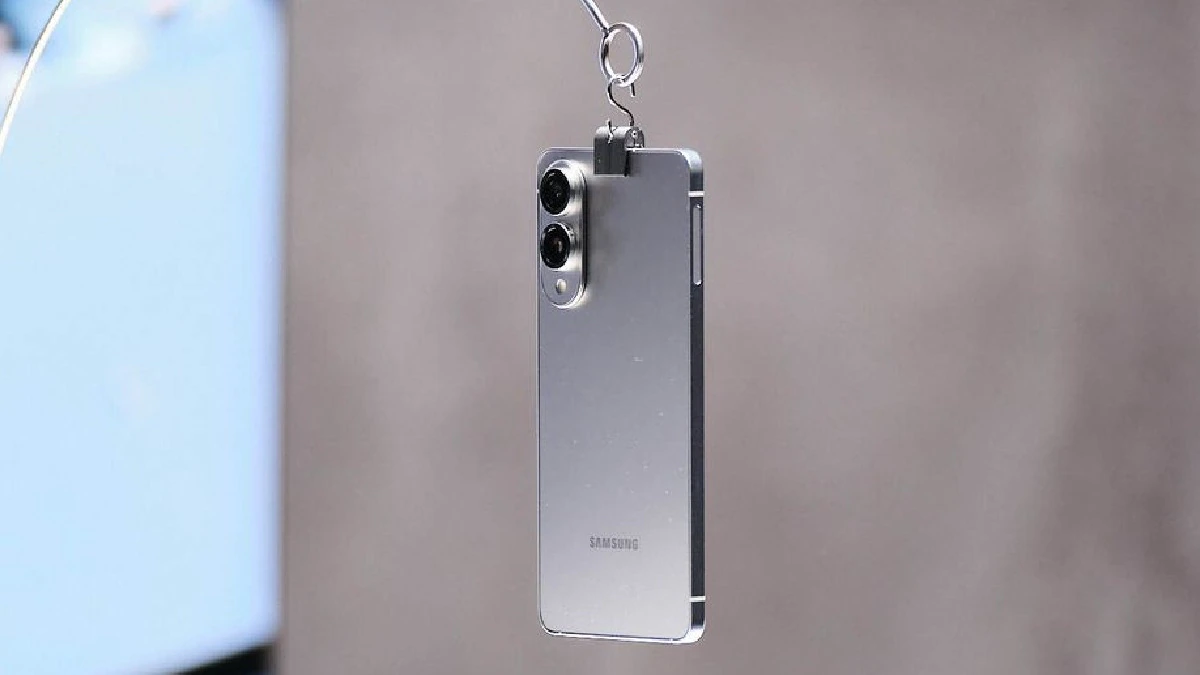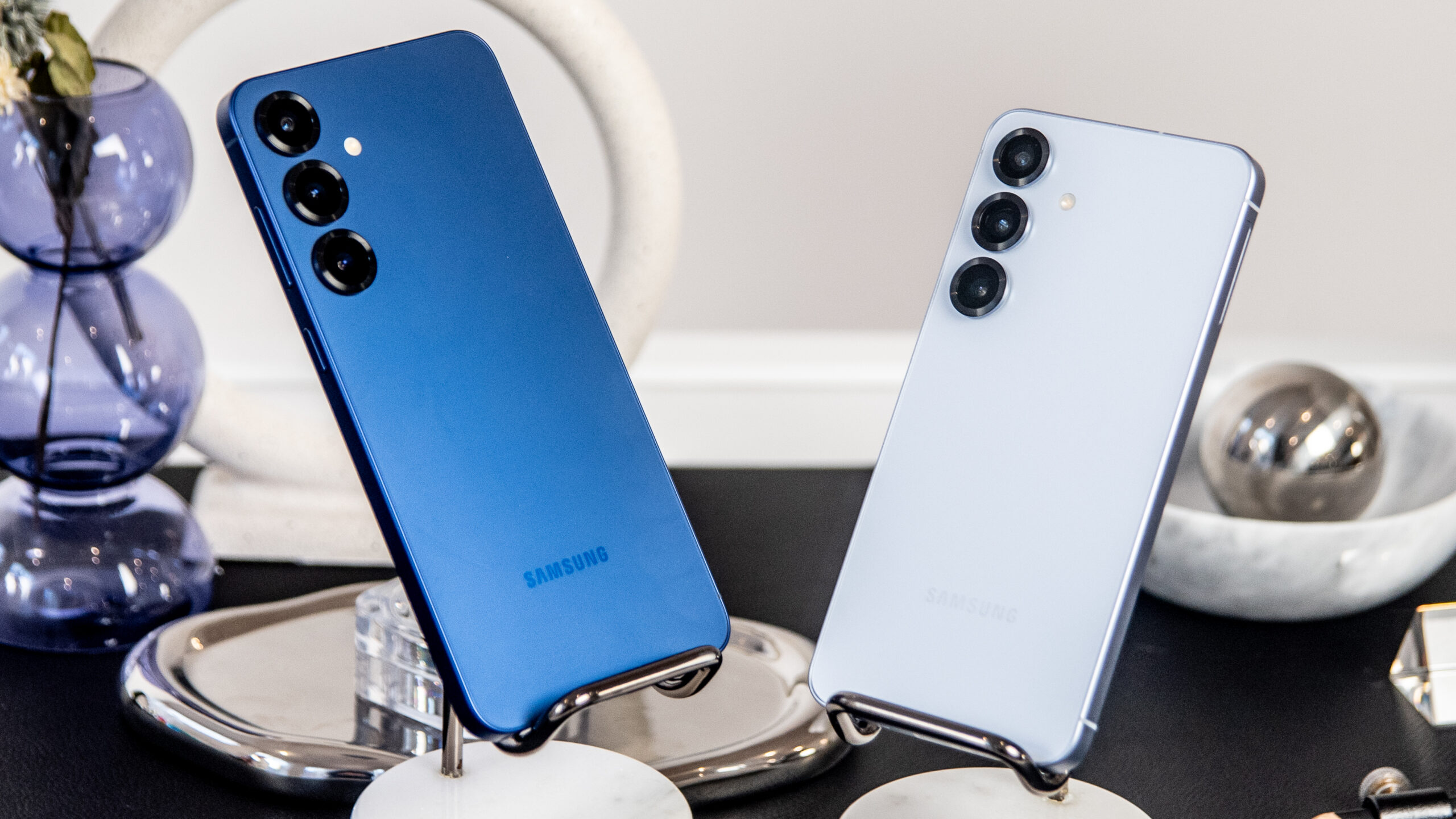Have you been waiting for the next big leap in smart home technology? Amazon just dropped a bombshell with the early access launch of Alexa Plus, promising a smarter, more intuitive digital assistant experience. But before you rush to upgrade, a crucial question lingers: Is it ready for prime time? Initial impressions suggest a powerful device with exciting potential, but a noticeable absence of key features has left some early adopters scratching their heads and wondering if they’ve bought into a work-in-progress.
The buzz around Alexa Plus has been building for months. Leaks and rumors hinted at significant upgrades in processing power, enhanced AI capabilities, and tighter integration with the smart home ecosystem. The official announcement confirmed some of these whispers, showcasing a device that Amazon claims will learn your habits better, understand your requests more accurately, and proactively assist you throughout your day. The sleek new hardware, boasting an upgraded microphone array and a more responsive interface, certainly looks the part.
However, the excitement has been tempered by the reality of the early access release. While the core Alexa functionalities remain intact, several highly anticipated features are conspicuously missing. One of the most glaring omissions is the promised advanced contextual awareness. Amazon had teased the ability for Alexa Plus to understand the nuances of conversations and anticipate user needs based on the surrounding context. For instance, the device was expected to remember previous interactions within a conversation thread or understand implied requests without explicit commands. This feature, which many believed would truly elevate the smart assistant experience, is nowhere to be found in this initial release.
“I was really looking forward to having a more natural conversation with Alexa,” says Sarah Miller, a tech enthusiast who managed to snag an early access invitation. “I was hoping to finally have an assistant that felt less like giving commands and more like talking to a helpful human. Right now, it feels like the same old Alexa, just with a slightly faster response time.”
Another significant absence is the deeper integration with third-party services that Amazon had touted. While Alexa has always supported a vast library of skills, the “Plus” version was expected to offer a more seamless and intuitive experience with popular apps and platforms. Features like proactive suggestions based on your calendar appointments or automatic integration with your preferred music streaming service without explicitly enabling a skill are currently unavailable. This lack of enhanced integration limits the device’s ability to truly act as a central hub for your digital life, a key promise of the Alexa Plus ecosystem.
Furthermore, users have reported that some of the promised advanced smart home control features are also missing. The ability for Alexa Plus to learn your routines and automate complex tasks based on your behavior, a feature that generated considerable excitement, appears to be either non-functional or severely limited in this early access version. For example, the device was expected to automatically adjust the thermostat based on your location and the time of day, or to turn on specific lights when you typically arrive home from work. These intelligent automation capabilities, which were positioned as a major selling point, are not yet fully realized.
The decision to launch Alexa Plus in early access with these significant features missing raises questions about Amazon’s strategy. Some speculate that the company might be facing technical challenges in perfecting these advanced functionalities and opted for an early release to gather user feedback on the core features and the new hardware. Others suggest that this could be a tactic to build anticipation and deliver these missing features as part of future software updates, creating a sense of ongoing improvement and value for early adopters.
Whatever the reason, the current state of Alexa Plus in early access feels somewhat incomplete. While the underlying technology shows promise, the absence of these key features prevents it from truly standing out as a revolutionary upgrade. Users who were expecting a significant leap forward in smart assistant capabilities might find themselves underwhelmed by the current offering.
It’s important to remember that this is an early access program, and Amazon has explicitly stated that the device is still under development. The company has encouraged early adopters to provide feedback, which will likely play a crucial role in shaping the final version of Alexa Plus. However, for consumers who were hoping for a fully featured, next-generation smart assistant right out of the box, the current iteration might feel like a premature launch.
The coming months will be critical for Alexa Plus. Amazon will need to deliver on its promises and introduce the missing features in a timely manner to justify the “Plus” moniker and compete effectively in the increasingly crowded smart home market. Until then, potential buyers should carefully consider whether the early access experience, with its inherent limitations, aligns with their expectations. The potential is certainly there, but right now, Alexa Plus feels like a foundation waiting for its most exciting floors to be built. Whether Amazon can deliver on that potential remains to be seen.









Add Comment